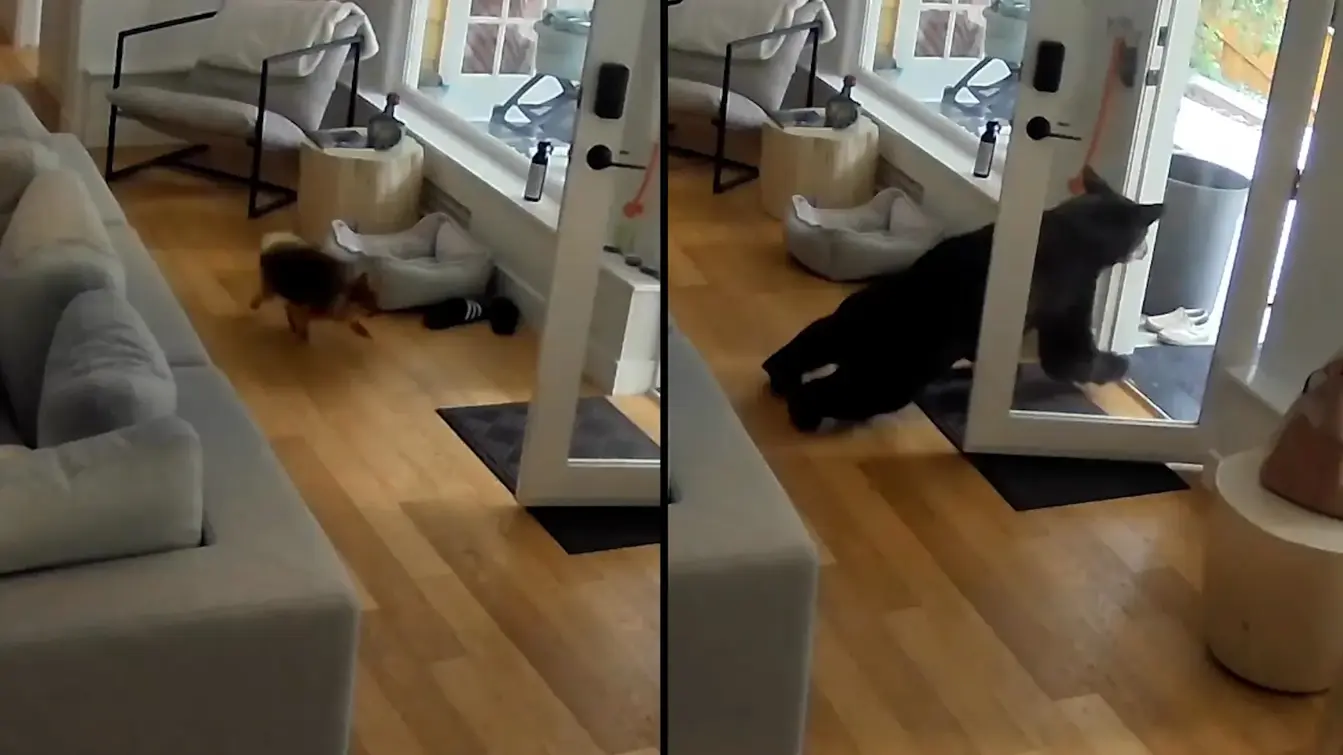T4K3.news
Heat safety for pets
Practical tips to keep pets cool during hot weather and prevent heatstroke.

A practical guide on keeping pets cool in heat through walking choices, signs of distress, and at home cooling tips.
Heat safety for pets guides owners to keep dogs and other animals cool
RSPCA guidance says there is no safe temperature for dog walks. The decision depends on breed, age, health, and temperament. A pavement test is recommended. If you cannot hold your hand on the ground for five seconds, the surface is too hot for paws. When walking, go out in the early morning or late evening, look for shaded areas, and walk on grass where possible.
Some dogs are more at risk of heatstroke, including those with health conditions or thick coats. Short-nosed breeds such as bulldogs and pugs struggle to pant effectively. Signs of heat distress include excessive panting, drooling, confusion, shaking, weakness, vomiting, or seizures. If signs appear, move the dog to shade and slowly pour cool water over the body. Do not cover with damp towels. Contact a vet for guidance.
Key Takeaways
"Shade is a lifeline for pets in heat"
Highlight on shade and cooling as core needs
"If the pavement burns your hand it burns theirs"
Stressing the pavement test as a practical rule
"Never leave a pet in a hot car"
Direct safety warning embedded in guidance
"Grooming helps but heat still travels in thick coats"
Notes limits of grooming in heat management
Climate patterns are shifting and heat waves are more common, making pet welfare a daily concern for families. The article translates medical guidance into practical steps that many households can use, focusing on timing, shade, and enrichment instead of simply urging longer outdoor exercise.
Yet the piece could push further. It hints at wider policy gaps such as urban design for heat relief and better access to pet care during extreme weather. More tailored guidance for different regions and pet types would help owners make safer choices.
Highlights
- Shade is a lifeline for pets in heat
- If the pavement burns your hand it burns theirs
- Never leave a pet in a hot car
- Grooming helps but heat still travels in thick coats
Pet heat safety guidance potential risk
The article provides practical steps that could be interpreted as universal rules for all pets. Readers should adapt advice to local climate and individual health needs.
As heat waves grow longer, pet welfare needs practical everyday guidance.
Enjoyed this? Let your friends know!
Related News

Tiny Pomeranian chases bear from home

Cat flap video goes viral

Microplastics found in everyday drinks

Spike in food poisoning cases reported in the UK

Heat tests players at Cincinnati Open

Steve Miller Band cancels U.S. tour over safety concerns

New tariffs take effect alongside Fort Stewart shooting

World Dog Surfing Championships bring joy and competition
